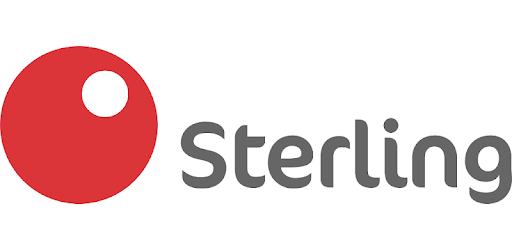Sterling Bank Trading Income Grew By 265% In Q3, 2020

 By Our Correspondent
By Our Correspondent
Sterling Bank Plc has reported a trading income of N7.1 billion for the 2020 third quarter (Q3) ended September 30, compared with N1.9 billion achieved in the corresponding period in 2019.
Managing Director and Chief Executive Officer of the bank, Abubakar Suleiman in a statement explained that the growth represented a 264.7 per cent increase.
Suleiman explained that the bank achieved the remarkable performance in spite of the prevailing uncertainties that characterized the macro-economic environment due to the COVID-19 pandemic and the attendant fiscal reforms by the Federal Government.
Meanwhile, the bank’s profit after tax dropped to N7.36 billion during the period under review as against N7.57 billion recorded in the corresponding period in 2019, just as gross earnings also fell to N106.07 billion during the period under review, against N109.7 billion achieved last year.
According to him, with economic activity picking up in the third quarter, following the gradual ease in the nationwide lockdown, the bank would continue to leverage on existing remote work policy to enhance workforce productivity and ensure uninterrupted service delivery to both new and existing customers.
“Our performance continues to reflect positive results of strategic decisions and investments in our focal areas as we continue to record significant improvement in both funding and operational costs.
“Overall, we delivered a 7.2 per cent increase in operating income and a profit after tax of N7.37 billion despite prevailing uncertainties around the COVID-19 pandemic and recent fiscal reforms.
The CEO said a 26.2 per cent dip in fee income caused by the downward review of electronic banking fees coupled with slower loan origination, due to the protracted lock down, was moderated by a 264.7 per cent spike in trading income.
“Growth in balance sheet was driven by a 26.5 per cent growth in low cost funds, which saw the bank’s CASA mix improve to 71 per cent from 60 per cent, delivering a 6.6 per cent growth in customer deposits.
“Our cash and short-term balances increased in line with the higher regulatory reserves, while interest income also declined by 6.7 per cent, which was offset by a 17.0 per cent decline in interest expense. This delivered a 120-bps drop in cost of funds and, consequently, a 100-bps increase in net interest margin,” he said.
In terms of asset quality, Suleiman noted: “We proactively increased our cost of risk by 100 bps to 1.9 per cent, while recording a marginal increase in NPL ratio to 2.9per cent, well below our target of 5 per cent.
He explained that the decline in OPEX was achieved by moderating administrative expenses despite growth in other operating expenses, including AMCON and insurance fees.







